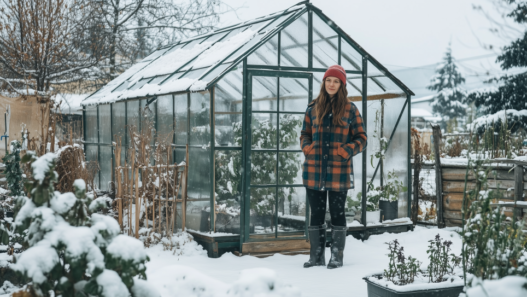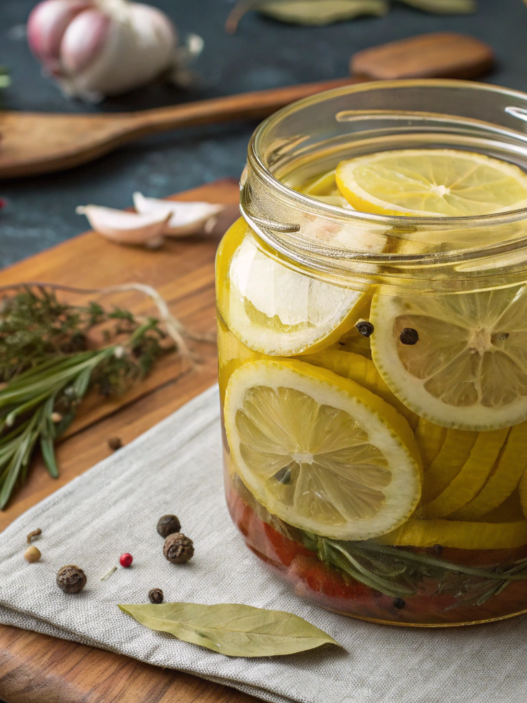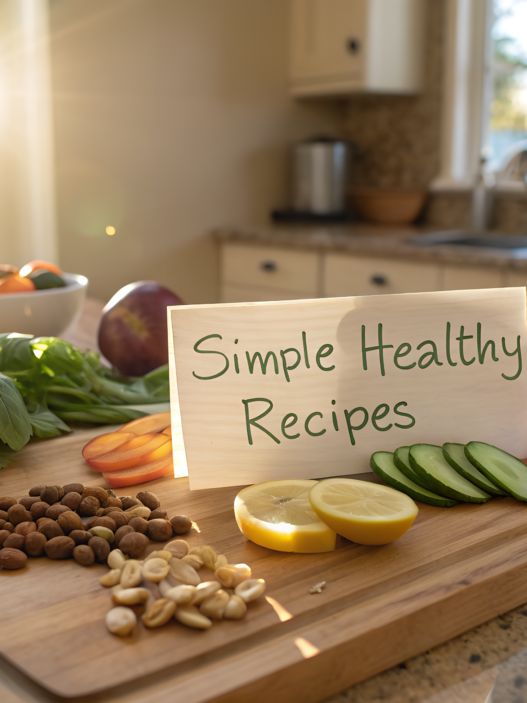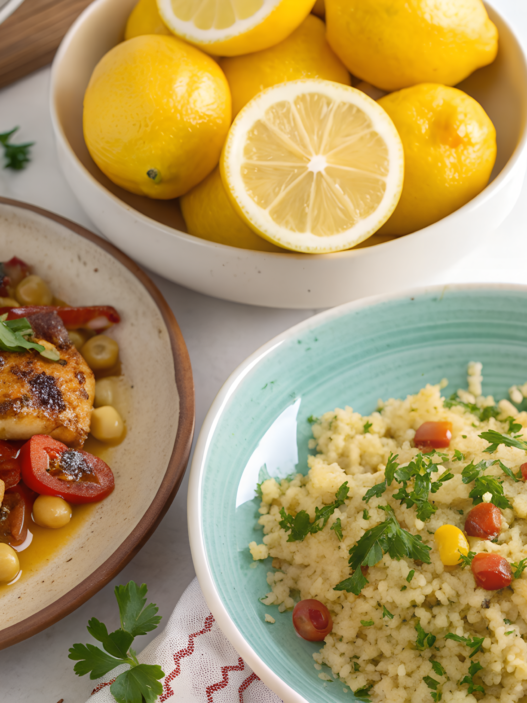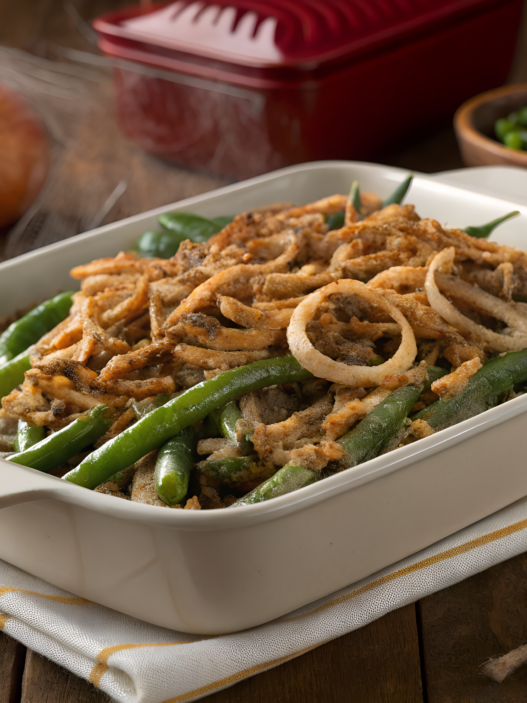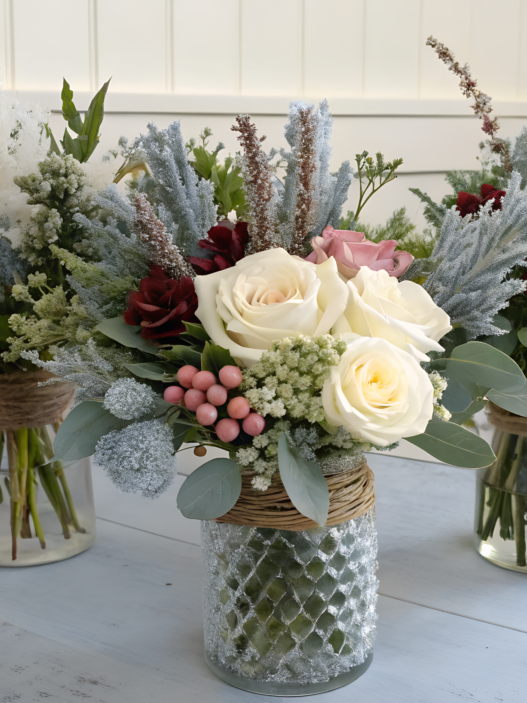Fresh vegetables during the cold season are very good for the body and growing vegetables in a greenhouse in winter is a good way to get a supply of vitamins for the whole family. Whether you are an experienced gardener or just starting out, you can grow fresh vegetables in a greenhouse and keep it productive all year round. In this article we will try to look at what vegetables grow best in winter, what conditions they need in the greenhouse, and step by step how to use the winter season productively to grow vegetables
Why grow vegetables in winter
So why grow vegetables in the winter when most people don’t even think about it, and quietly wait for spring and summer? Here are a few good reasons:
Fresh, home-grown produce. There’s snow outside your window, and you’re harvesting your own vegetables in your greenhouse. What could be better than a fresh salad of crunchy vegetables in the middle of winter.
Health benefits. You provide yourself and your family with a constant source of vitamins and nutrients, whereas store-bought fresh vegetables are expensive and often of poor quality.
The best vegetables to grow in the greenhouse in winter

When choosing vegetables for winter growing in the greenhouse, of course, you should pay attention to those plants that grow well during the colder months. Here is a list of such vegetables.
1. Leafy green vegetables
Plants such as kale, spinach and lettuce are cold tolerant and have proven themselves to be good for growing in the greenhouse in winter. These types of plants can cope well with low light levels and even frosts and this is what makes it possible to grow them in your greenhouse in winter. Plus, they grow quickly.
- Spinach. It’s very hardy, easy to grow, and it tolerates frost well. So it will grow well in the greenhouse and give a rich harvest.
- Kale. After frost, it becomes sweeter. It is a hardy cold-loving plant that will do well in the cool temperatures of a winter greenhouse.
2. Root crops
Root vegetables such as carrots, beets and radishes grow well in cool conditions and can produce a good crop throughout the winter. They require a little more space, but you should not spare it and your efforts, as these root vegetables have a long shelf life and great nutritional value.
- Carrots. Cool soil is good for them and so carrots will grow well in your winter greenhouse. Don’t forget mulching to keep the roots warm.
- Radishes. Fast growing and easy to harvest, radishes are great for growing in the greenhouse in the winter.
3. Cold tolerant herbs
Let’s not forget about herbs. Many herbs such as parsley, thyme and cilantro are frost resistant and can bloom even in cold weather. Adding herbs from the winter garden to your menu will guarantee fresh aromas and flavors.
4. Cabbages
This family includes broccoli, cabbage, and Brussels sprouts. These vegetables love cooler temperatures and will fit perfectly in your winter greenhouse.
- Broccoli. One of the most grateful winter crops, broccoli loves cooler weather and produces large heads throughout the winter season.
- Cabbage. Although cabbage requires a little more space than other crops, it will provide you with a bountiful harvest.
Setting up your winter greenhouse

1. Temperature control
If we don’t want our plants to freeze at night, we need to keep the temperature in the greenhouse warm enough. This is very important. The greenhouse should be well insulated, consider installing a small heater or use heat mats to protect your crops from falling temperatures. It may be that you are not ready to spend on a heater, try using thermal mass such as water barrels that slowly store and release heat.
Pro Tip. Be sure to keep the temperature in the greenhouse between 7 and 24 °C, depending on the type of plants you are growing. You should also ventilate the greenhouse during the day if it gets too hot, because overheating can damage plants just as much as cold.
2. lighting
In winter, the days get shorter and your plants will need extra light to grow. LED grow lights can help with this problem, as they are energy efficient and can be adjusted so that your plants get the right amount of light each day.
- Leafy greens usually tolerate low light levels well, but for crops like tomatoes, extra lighting is simply necessary to ensure that they bear fruit all winter long.
3. Soil and nutrients
Although winter vegetables are less demanding than summer crops, the importance of nutritious soil cannot be underestimated. Make sure the soil is well drained and rich in organic matter. Compost is a quality addition to your winter vegetable garden in the greenhouse to keep the soil full of nutrients for the plants.
Mulch is your faithful helper in winter vegetable and herb growing. It helps insulate the soil and keep the root zone warm. Don’t be lazy to use straw, shredded leaves or compost to mulch around your plants.
Caring for your greenhouse in the winter

1. Watering
Winter crops require less water than summer crops, so it is extremely important to check the moisture level in the soil. In low temperatures, excessive watering can lead to root rot. You should therefore water moderately and always check the topsoil, wait for it to dry out and only then water again.
2. Pest control
Unfortunately, pests do not take a nap in winter either. Keep an eye out for aphids, slugs and other pests that like to hide in greenhouses. You need to check your plants regularly and remove pests immediately.
Pro Tip. Planting herbs such as thyme and mint that have a distinctive odor can naturally repel pests.
Recommended equipment for winter growing in a greenhouse
It is important to discuss a few things that will come in handy in your winter greenhouse
- Water barrels for thermal mass. They help store heat during the day and release it at night, allowing you to keep your greenhouse warm without electricity. Check this one out on Amazon.
- LED grow lights. Essential for extending daylight hours. Here’s a great energy efficient LED bulb for winter growing.
- Heat Mats. Good for keeping the roots of your plants warm, especially if you’re growing cold-sensitive crops. Here’s a heat mat that I personally recommend.
Difficulties when growing in a greenhouse and how to deal with them
Your greenhouse and the hard work that goes into it is a lot of fun, but there can be some challenges. Frost, pests and the cost of keeping your greenhouse warm are all problems you may encounter, but with the right approach you can easily overcome them.
- Frost. To protect your plants from frost, use ag-fiber or sheltering materials inside the greenhouse.
- Pests. There are natural methods of pest control, such as starting ladybugs, they will help control aphids and other pests.
- Heating costs. Use energy-efficient heaters or solar options, then you’ll reduce the cost of heating your greenhouse.
Ready to start growing winter vegetables in your greenhouse?
If we haven’t scared you off and you’re ready to take the step and start growing your own vegetables in a greenhouse in winter, then now is the time. Picking your own home-grown fresh vegetables from your greenhouse in the middle of winter – what could be better.
Choosing the right cold-resistant plants, managing the microclimate in the greenhouse and investing in the right things is the key to having fresh vegetables and herbs at your service all year round.
If you’re ready, leave a comment below and share what crops you’re growing this winter. And our step-by-step guide to building your first greenhouse will help.
